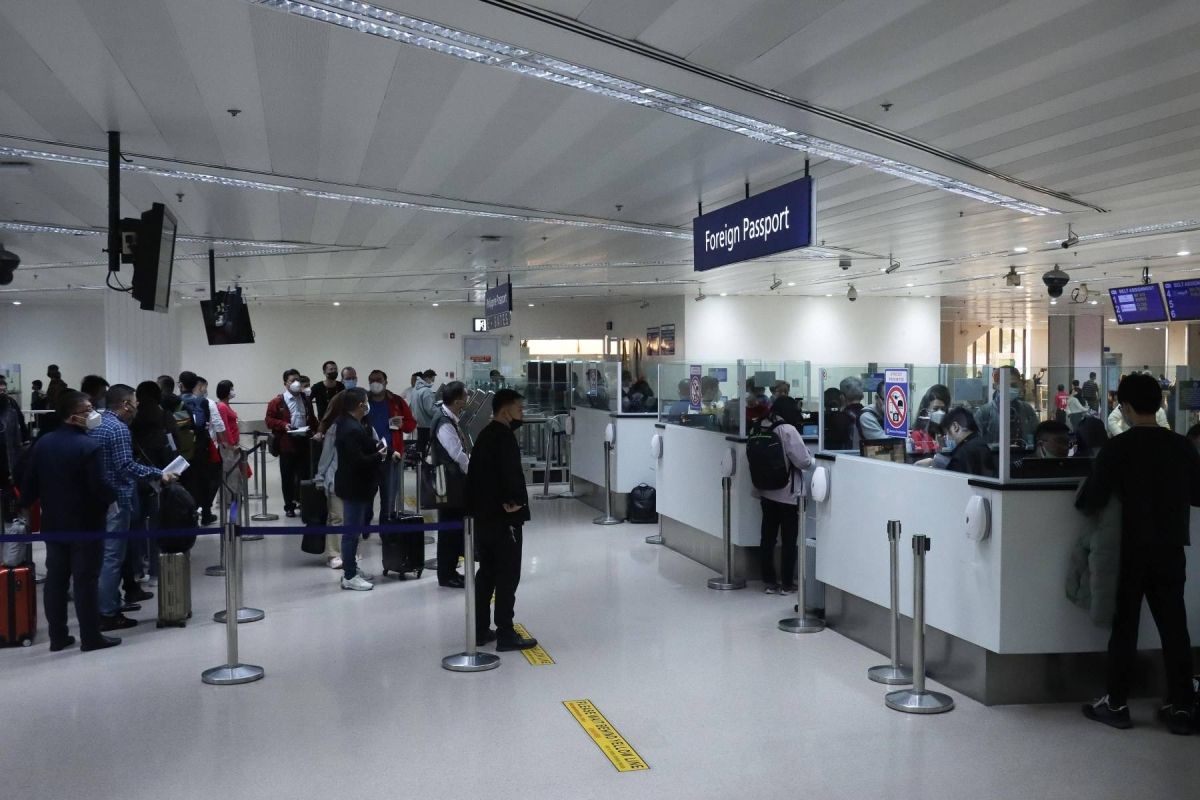At 70 percent below its 2019 levels, tourism recovery of the Philippines is far behind its Southeast Asian neighbors as of July 10 as Chinese tourists continue to stay away, said a Bank of America Global Research report dated July 29.
Compared with its neighbors, Vietnam’s tourist arrivals have been tracking 105-110 percent of its 2019 levels, followed by Thailand (slightly above 90 percent), and Malaysia and Singapore (80 to 90 percent), according to a report from the Philippine Star dated July 31.
The latest data from the Department of Tourism (DOT) showed that tourist arrivals hit 3.17 million as of July 10.
This accounts for 41.2 percent of DOT’s 7.7 million target for international visitor arrivals this year, still below pre-pandemic levels of 8.19 million.
So far this year, the bulk or 92.6 percent of visitor arrivals was foreign tourists, while the remainder was overseas Filipinos.
South Korea was the top source of foreign arrivals, accounting for 26 percent or 824,798 of the total, the Star noted.
This was followed by the United States with 522,667 (16.5 percent), China with 199,939 (6.3 percent), Japan with 188,805 (6 percent) and Australia with 137,391 (4.3 percent).
POGO factor
The BofA report attributed the Philippines’ “underperformance” to “the muted pace of returning Chinese tourists (still below 20 percent of 2019 levels), partly reflecting the decline of Philippine offshore gaming operators (POGOs) beginning 2020.”
President Ferdinand "Bongbong" Marcos, Jr. last week ordered the total ban of all POGO operations in the country, with closures targeted to be completed by yearend.
Meanwhile, the Philippines is also the only country in the region that does not stand to benefit from returning Chinese tourists, according to BofA.
“Our Transport Analysts’ latest data show outbound seats from China to five (out of six) ASEAN (Association of Southeast Asian Nations) countries expanding between the second quarter of 2024 and September/October 2024.”
However, the Philippines’ outbound seats is seen to decline to 46 percent of 2019 levels.
Tensions between the Philippines and China have been rising in recent months due to the dispute over contested waters in the South China Sea.
The Philippines has also tightened rules for the issuance of tourist visas to Chinese nationals to deter the entry of tourists who end up illegally working in POGOs. Under the rules, Chinese nationals who are applying for temporary visitor’s visas are required to submit Chinese Social Insurance Record Certificates.
The DOT earlier reported that tourism receipts from inbound visitors jumped by 32.8 percent to P282.17 billion in the first half of the year from P212.47 billion a year ago.
The World Travel & Tourism Council projected that the travel and tourism sectors’ contribution to the Philippine economy will reach P5.4 trillion this year and up to P9.5 trillion in the next decade.
Separate data from the Philippine Statistics Authority showed the tourism industry’s direct gross value added stood at P2.09 trillion in 2023, equivalent to 8.6 percent of gross domestic product.
#WeTakeAStand #OpinYon #OpinYonNews #ASEAN #POGO
